It’s tempting to think that any home renovation will inevitably boost your property’s value. The allure of transforming a space, coupled with the promise of financial gain, is seductive. But the reality is that not all upgrades are created equal. Some enhancements, despite their aesthetic appeal or personal satisfaction, rarely deliver a return on investment. Before you dive into your next project, consider these 13 upgrades that are more about personal taste than profit.
1. Over-the-Top Luxury Kitchens
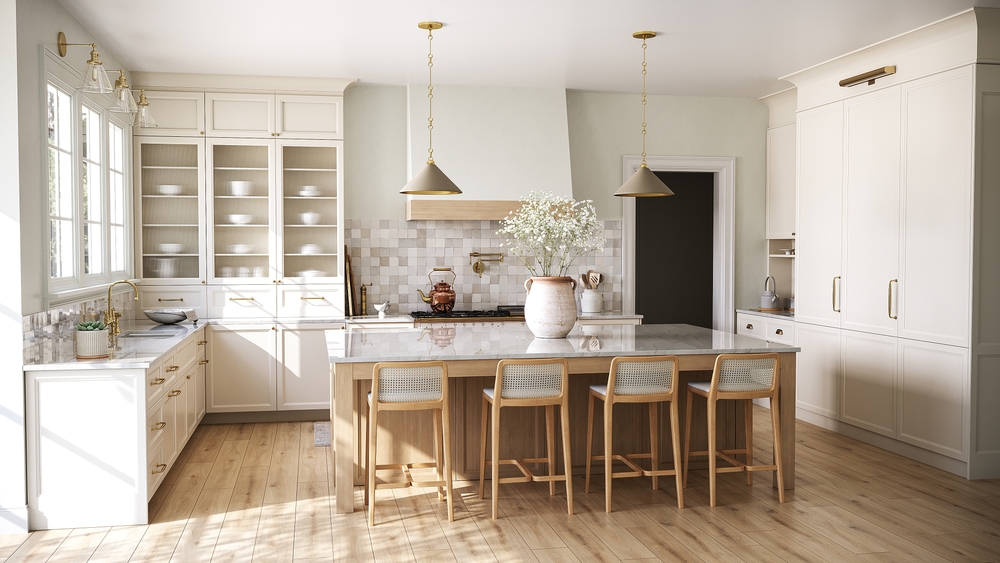
We all dream of a gourmet kitchen, complete with marble countertops and high-end appliances. But the lavishness of your cooking space might not translate to a higher home value. A report from Remodeling Magazine shows that upscale kitchen renovations often recoup less than 60% of their cost. While you may adore the gleaming finishes and state-of-the-art amenities, potential buyers might see it as excessive or out of step with the rest of the home.
Moreover, personal style varies widely, and what you love might not appeal to everyone else. The next homeowner could rip out those custom cabinets and countertops you so painstakingly selected. The trick is to aim for a balance between luxury and practicality, opting for quality materials that cater to a broader taste. Otherwise, you risk creating a space that feels more like a shrine to your preferences than a universally appealing centerpiece.
2. Elaborate Landscaping
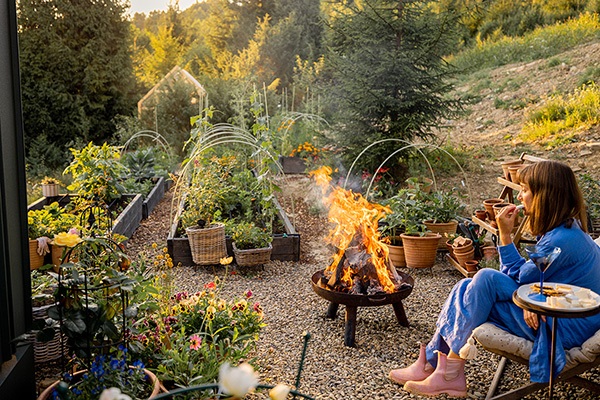
A beautiful garden is like a personal Eden—serene, lush, and teeming with life. But transforming your yard into a botanical masterpiece can be a costly affair that rarely pays dividends. While a well-maintained lawn and some tasteful plantings can enhance curb appeal, elaborate landscaping doesn’t generally boost home value significantly. The maintenance required can also be a turn-off for potential buyers who see it as a burden rather than a boon.
Moreover, what’s lush and vibrant now can quickly become overgrown or outdated. The investment you make in intricate designs and rare plants might not hold up over time. Worse, it could become a deterrent if the new owners aren’t green thumbs. The bottom line? Keep it simple and sustainable; your garden should complement your home, not overshadow it.
3. Home Office Conversions

With remote work becoming more common, the idea of converting a spare room into a home office is appealing. But before you start tearing down walls or building custom desks, consider this: a study by Zillow found that home offices only increase a property’s value by a modest 2.5%. It’s a feature that might attract some buyers but isn’t a deal-breaker for most. Instead of a conversion, think about flexible designs that offer multifunctional spaces.
Besides, not everyone works from home, and those who do might have different needs or preferences when it comes to their workspace. Your idea of a perfect office might not align with theirs. Instead of committing to a full conversion, consider a more adaptable solution—one that accommodates an office setup without alienating potential buyers who might envision the room as a nursery or guest bedroom. Versatility adds value; specificity can limit it.
4. High-Maintenance Pools
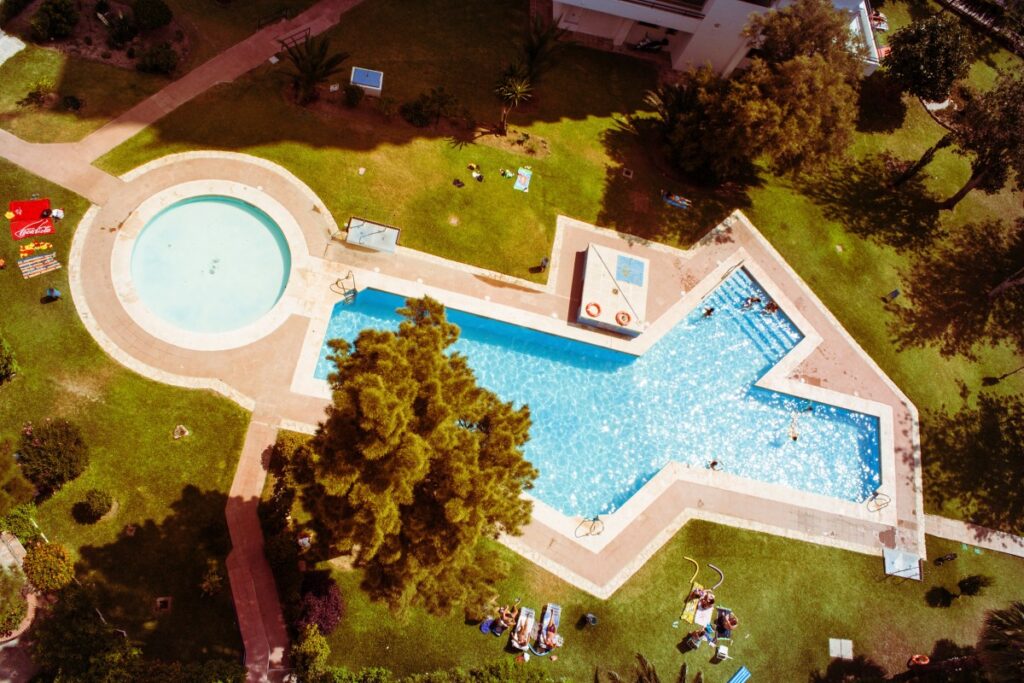
The idea of lounging by your own pool on a hot summer day is undeniably appealing. However, pools are notorious for their high maintenance and associated costs, which often outweigh any added home value. For many potential buyers, the thought of ongoing upkeep can be a deal-breaker, especially in regions with shorter swimming seasons. While a pool can be a selling point in warm climates, it rarely recoups its full installation cost.
Furthermore, safety concerns also play a significant role. Families with young children might see a pool as more of a hazard than a luxury. And let’s not forget the insurance premiums, which can be higher for homes with pools. While it can be a personal paradise, a pool often adds more burden than benefit when it comes to selling your home.
5. Over-Personalized Spaces
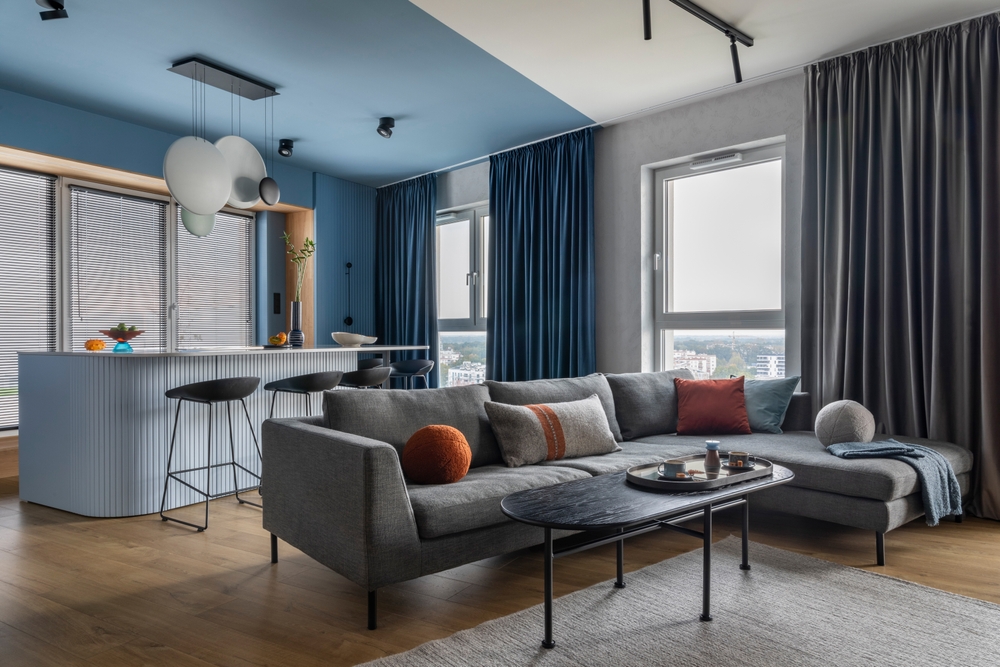
Your home is your haven, and personalizing it to your liking makes it uniquely yours. However, when it comes to resale value, customization can be a double-edged sword. Research from the National Association of Realtors reveals that overly personalized spaces can alienate buyers, leading to longer selling times and lower offers. Everyone’s taste is subjective, and what feels cozy and charming to you might feel cluttered and overwhelming to others.
The key is to strike a balance between personal expression and universal appeal. Neutral tones, versatile layouts, and timeless fixtures tend to attract a wider audience. Remember, the goal is to create a space that potential buyers can see themselves living in—and not everyone dreams of neon walls or themed rooms. Aim for subtlety; bold choices might make your home memorable, but not necessarily marketable.
6. Highly Customized Closets

A walk-in closet that looks like it’s straight out of a celebrity home tour can be enticing. But the expense of custom shelving, luxurious finishes, and elaborate storage solutions often doesn’t deliver a return on investment. Buyers might not share your need for space devoted to shoes or designer handbags. A generic, well-organized closet is often more than sufficient for most.
Additionally, closets are inherently private spaces, and what works for one person may not for another. Customization can restrict the functionality of the space, making it less adaptable for potential buyers. The best approach is to keep it simple and efficient. Consider versatile solutions that maximize storage without being overly specific in design or function.
7. Sunroom Additions
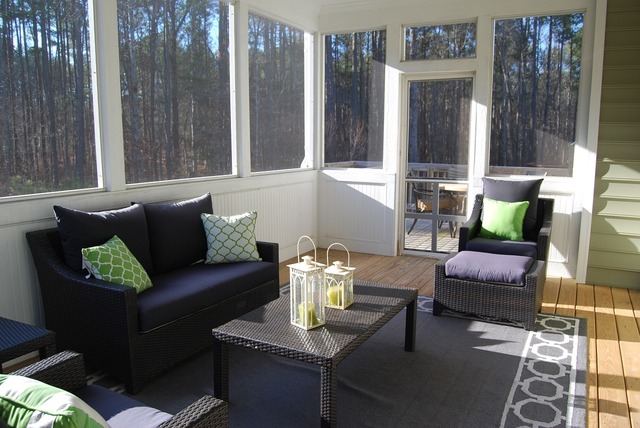
A sunroom feels like a slice of luxury—a bright, inviting space that’s perfect for sipping coffee or reading a book. Yet, when it comes to adding value, sunrooms often fall short. A study by Remodeling Magazine indicates that sunroom additions recoup only about 50% of their cost. While they might enhance your personal enjoyment of the home, they often don’t translate into significant market value.
The allure of a sunroom is undeniable, but its utility is limited. In colder climates, it might be unusable for much of the year, while in warmer climates, it can become uncomfortably hot. Moreover, buyers may see it as a space that requires additional heating or cooling, which could be perceived as a hassle. If you crave a sunlit sanctuary, consider less invasive options like adding more windows or skylights instead.
8. Expansive Home Theaters
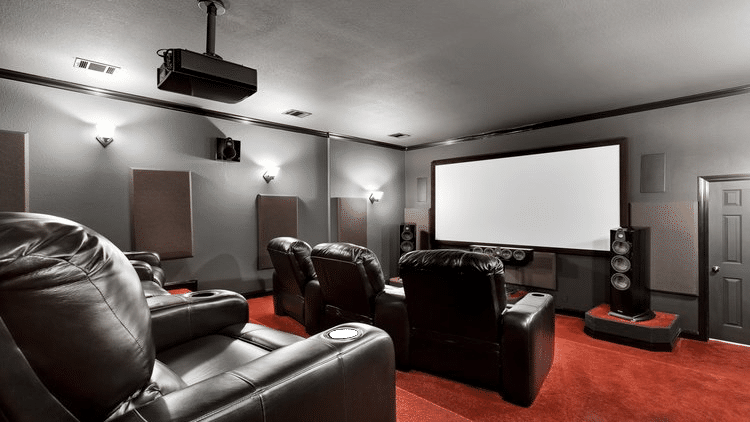
For film lovers, a home theater can seem like the ultimate indulgence—a private cinema experience right at home. However, these spaces can be costly to create and maintain, often without a corresponding boost in home value. Potential buyers might see it as a waste of space, especially if it takes up a room that could be utilized for other purposes. The equipment can become outdated quickly, making it an expensive feature to keep current.
Moreover, not everyone shares a passion for movies, and those who do might prefer a simple, adaptable media room over a dedicated theater. Comfortable, multi-purpose living spaces often hold more appeal since they offer flexibility. Instead of committing to a full home theater, consider creating a versatile entertainment area that can accommodate different types of leisure activities. Flexibility fosters appeal; rigidity can deter interest.
9. Wine Cellars
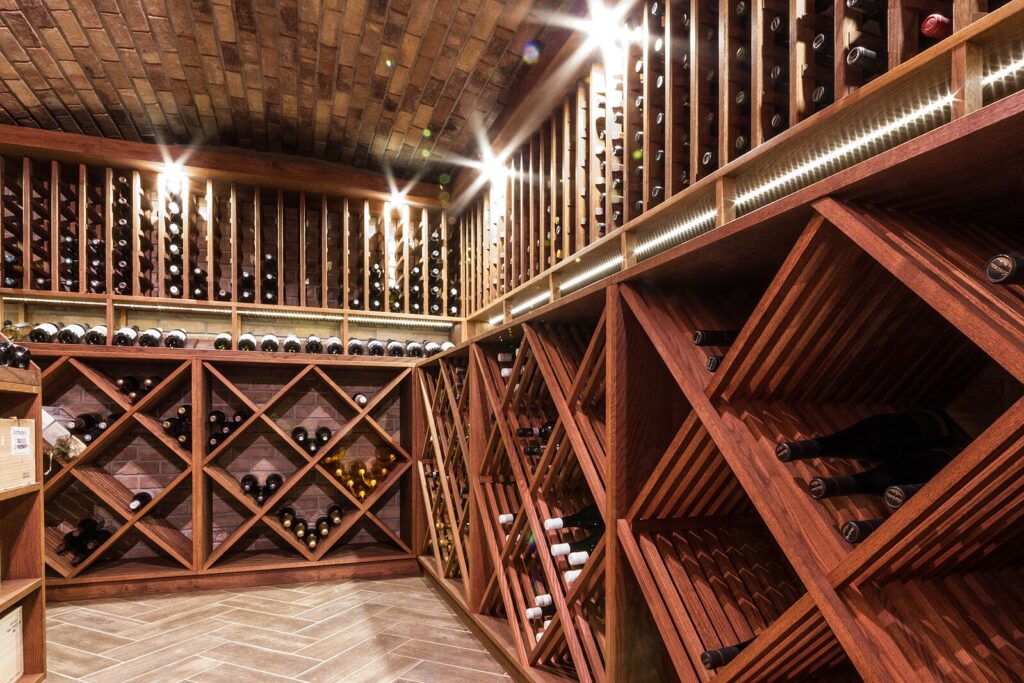
While a wine cellar might be a dream addition for oenophiles, it’s a luxury that doesn’t always resonate with the average buyer. Investing heavily in a temperature-controlled space for wine storage can seem excessive if the next homeowner isn’t a collector. While it adds a touch of sophistication, it rarely commands a premium when selling. Buyers might see it as a niche feature that doesn’t align with their lifestyle.
Additionally, wine cellars can be costly to maintain and require regular upkeep to ensure optimal conditions. The space could potentially be repurposed for something more universally appealing, such as a general storage area or a flexible use room. While indulging your vinous passions is gratifying, it’s wise to remember that specialized spaces can limit your selling potential. Consider your audience; not everyone will appreciate your taste in Merlot.
10. Excessive Wallpaper
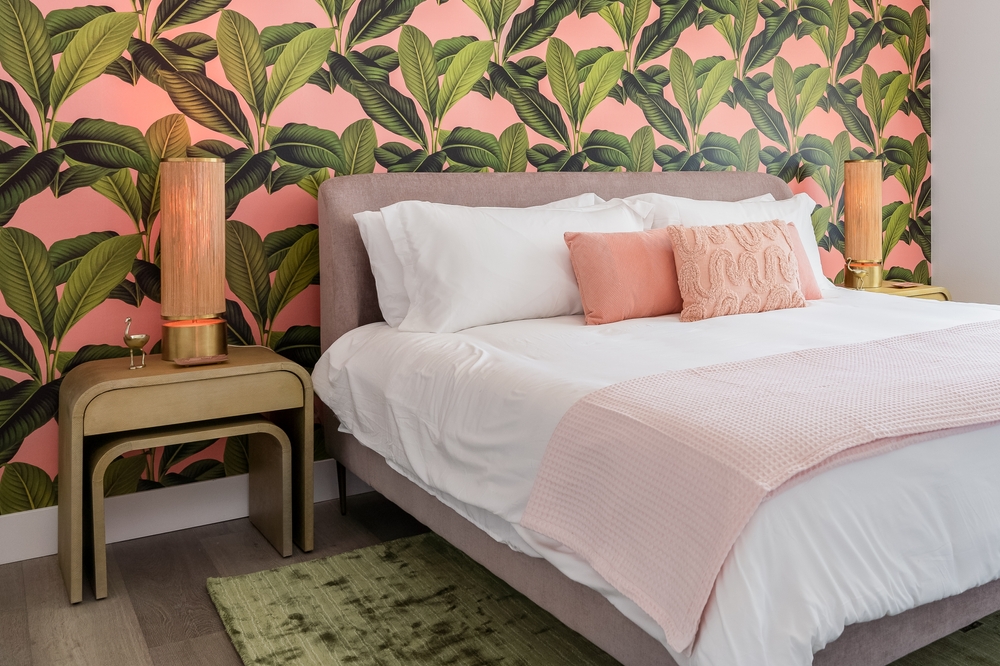
Wallpaper can be a statement—bold, vibrant, and a reflection of your unique style. However, it’s also deeply personal, and tastes in patterns and colors can vary widely. What you find charming or elegant might feel overwhelming or outdated to potential buyers. The prospect of removing wallpaper and repainting can be daunting for them, and they might factor that into their purchase decision.
Moreover, trends in wallpaper styles change frequently, making it easy for a once-fashionable choice to become passé. Opting for neutral paints and letting buyers envision their own decor can often be more appealing. While wallpaper can transform a space, it can also quickly date it, reducing its market desirability. When it comes to selling, less is often more.
11. Hobby Rooms
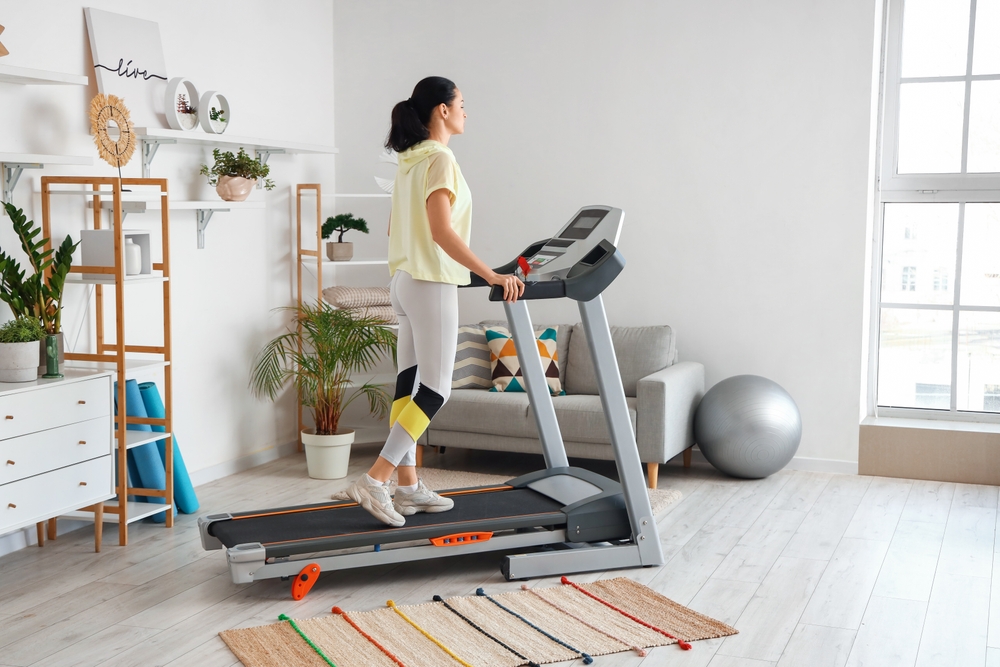
Transforming a spare room into a dedicated space for your hobby—be it crafting, music, or fitness—can seem like the ultimate luxury. However, these specialized setups can alienate potential buyers who might not share your interests. A room filled with sewing machines or gym equipment can be an eyesore to someone who envisions a nursery or office instead. The more tailored the space, the narrower your pool of interested buyers becomes.
Furthermore, the cost of creating a highly specialized room can be substantial and rarely sees a return. Buyers typically want versatile spaces that can adapt to their own needs and preferences. To maximize appeal, keep your hobby gear mobile or in a temporary setup. Flexibility in a home’s layout often translates to increased interest and offers.
12. Expensive Bathroom Upgrades
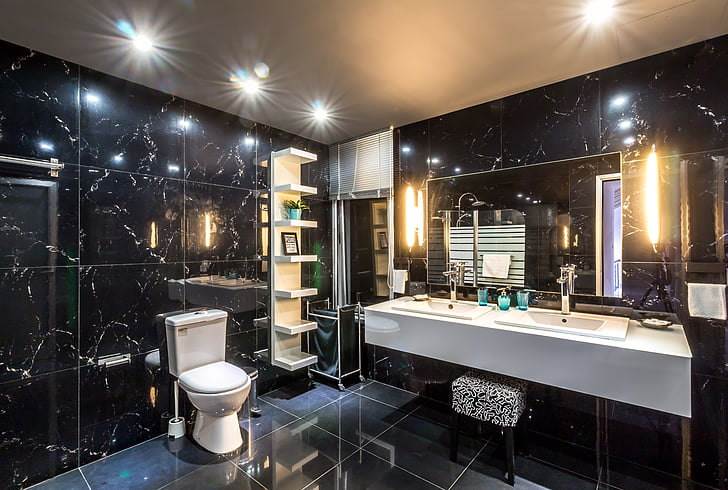
Who wouldn’t love a bathroom that feels like a spa retreat? While it might be tempting to splurge on a steam shower or a designer bathtub, such indulgences often don’t recoup their cost. Buyers are typically more interested in functionality and cleanliness than luxury features. And if your bathroom is out of step with the rest of the home, it can make the entire property feel unbalanced.
Moreover, trends in bathroom design evolve rapidly, and what feels luxurious today might feel dated tomorrow. Instead of opting for overly opulent upgrades, consider investing in quality fixtures and timeless designs. A clean, modern, and functional bathroom is a feature that will appeal to a broader range of potential buyers. Luxury is subjective; practicality has universal appeal.
13. High-End Flooring
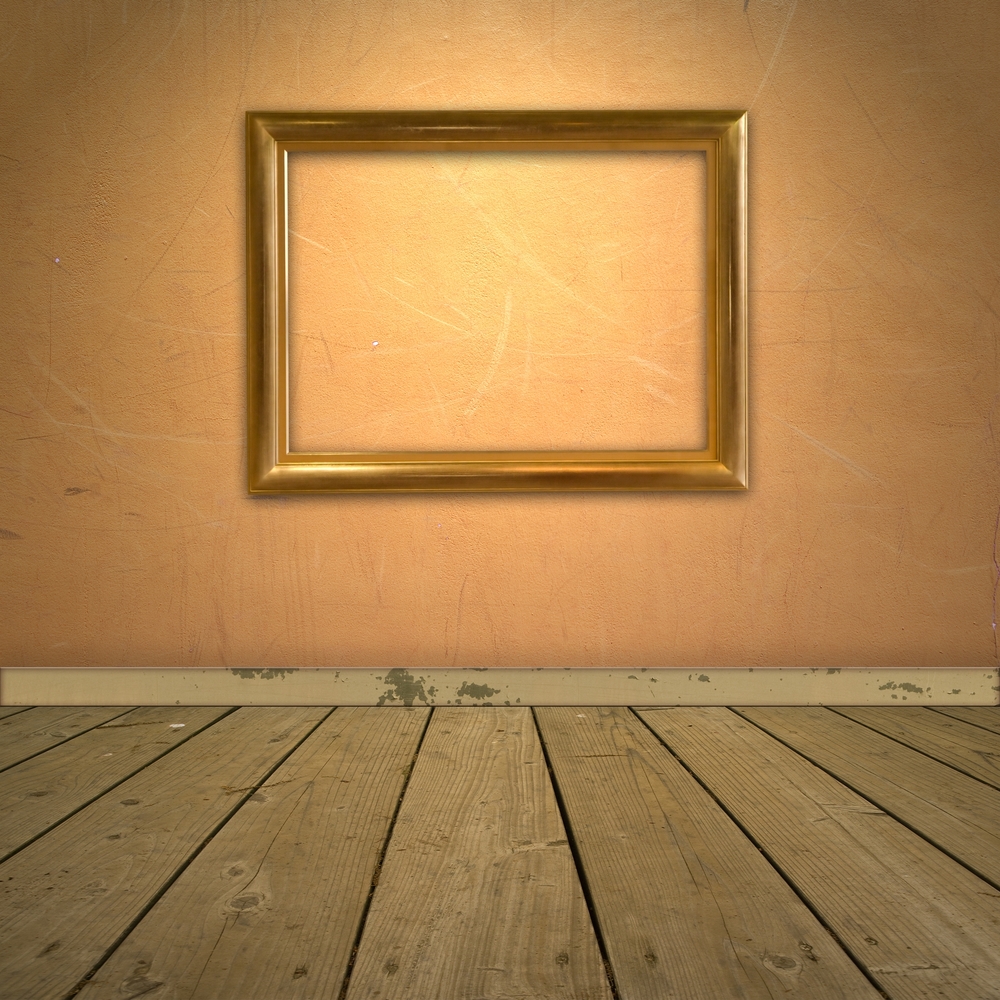
Swapping out standard flooring for high-end materials like exotic hardwoods or custom tiles can feel like an upgrade. However, these costly enhancements seldom provide a good return on investment. Flooring is one of the first things buyers notice, but not everyone will appreciate or value the same materials you do. What seems like a mark of quality to you might feel excessive or impractical to someone else.
Additionally, high-end flooring can be more susceptible to wear and tear, often requiring special maintenance to keep it looking its best. The expense of upkeep can deter potential buyers who are looking for low-maintenance options. Opting for durable, attractive, and more budget-friendly flooring is a safer bet. It’s important to remember that while high-end flooring might appeal to some, practicality and durability appeal to most.
This article is for informational purposes only and should not be construed as financial advice. Consult a financial professional before making investment or other financial decisions. The author and publisher make no warranties of any kind.








